Introduction
The Buffett Indicator warned of the Indian stock market’s overvaluation, hitting a peak of 150% of GDP. The Sensex fell 2,600 points as a result of worries about the world economy after this. Although analysts regard this as a temporary problem rather than a cause for long-term fear, they still think more corrections may occur.
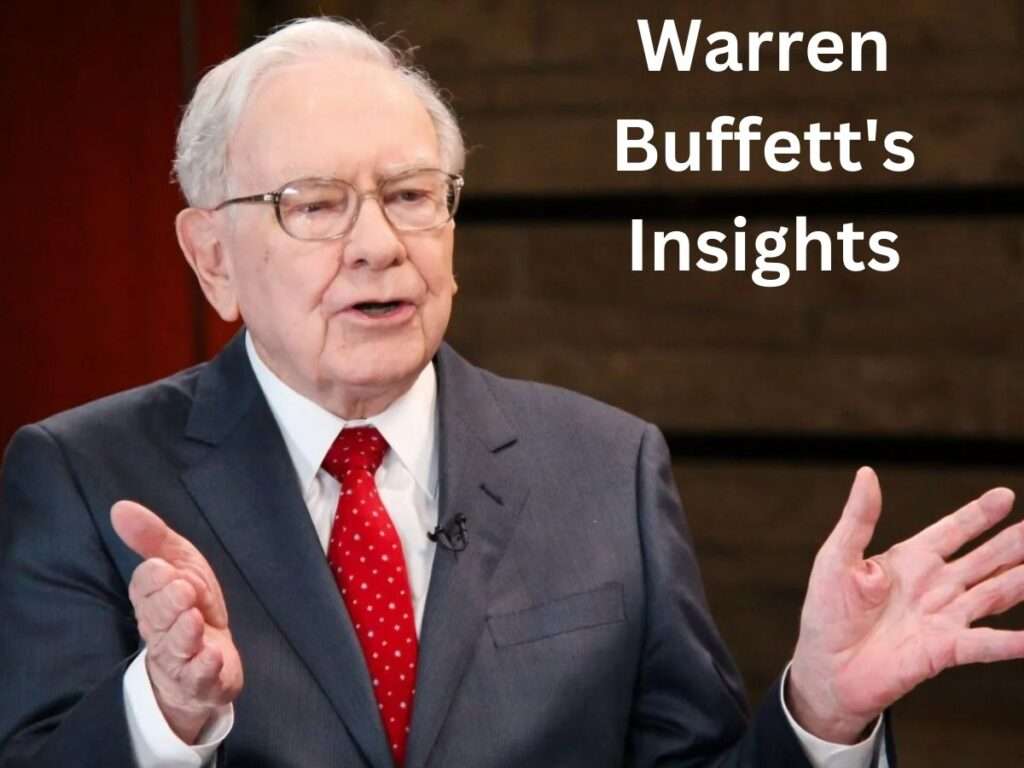
Understanding the Buffett Indicator
The Buffett Indicator, named after the legendary investor Warren Buffett, measures the total market capitalization of a country’s stock market relative to its GDP. It’s often considered one of the best indicators of market valuation. When the ratio exceeds 100%, the market is typically seen as overvalued. At 150%, the Indian stock market was in dangerously overvalued territory.
The Indian Stock Market’s Peak
Reaching 150% of GDP, the Indian stock market’s valuation soared to unprecedented heights. This level is considered extreme and comparable to the peaks seen before major market crashes globally. The situation raised red flags among investors and analysts alike.
The Sudden Decline
The market’s reaction was swift. A 2,600-point drop in the Sensex sent shockwaves through the financial world. This decline was influenced by a mix of global concerns, including geopolitical tensions and economic uncertainties, leading to a widespread sell-off.
Analyst Perspectives
While the immediate drop was alarming, many analysts see this as a short-term correction. They argue that the fundamentals of the Indian economy remain strong, and this downturn is part of the market’s natural cycle. However, caution is advised as further corrections could be on the horizon.
Nifty PE and Market Valuations
The Nifty PE ratio of 24 times aligns with the valuation seen during the last decade of the Modi government. However, the Buffett Indicator showed that the equity market’s claims on the real economy were excessively high, signaling a potential bubble.
Economic Survey Warnings
The recent Economic Survey echoed these concerns, suggesting that the high market valuation could lead to instability rather than resilience. It highlighted the risks associated with such inflated valuations and called for vigilance.
Warren Buffett’s Insights and Buffett Indicator
According to Warren Buffett, the percentage of total market cap relative to GDP is the best measure of where valuations stand. With the Indian market at 150%, it was significantly overvalued. Buffett’s perspective emphasizes the need for caution in such scenarios.
Market Behavior at Extreme Valuations
At extreme valuation levels, markets tend to behave like a gas-filled balloon, ready to burst at the slightest prick. This analogy underscores the precarious nature of investing in an overvalued market, where even minor setbacks can lead to significant corrections.
Earnings and Economic Indicators
Decelerating earnings and weakening US labor market indicators suggest that an inflection point could be near. Nuvama’s Prateek Parekh pointed out that at current valuations, five-year returns are likely to be subpar, with a high risk of large drawdowns.
BEER Ratio Analysis
The BEER ratio, which evaluates the relationship between bond yields and earnings yield, indicates that the stock market is slightly more expensive than the bond market. This further supports the view that current market valuations are stretched.
Earnings Season Impact
The June quarter earnings season offered little to no upside triggers. As current valuations leave limited room for further expansion, the focus shifts to earnings. However, the results so far have been underwhelming, adding to market concerns.
Brokerage Estimates
Motilal Oswal’s Nifty EPS estimate for FY25 was cut by 1.2% to Rs 1,120, largely due to downgrades in Reliance Industries and BPCL. The FY26 EPS estimate also saw a reduction, highlighting the mixed performance across sectors.
Global Market Influences
Global factors such as geopolitical tensions, recession fears in the US, and the unwinding of the Japanese Yen carry trade have dampened market sentiment. The combined market capitalization of all BSE-listed stocks declined by Rs 17 lakh crore, reflecting the broad-based impact of these issues.
Conclusion
The Buffett Indicator’s warning about the Indian stock market’s overvaluation has proven timely. The subsequent 2,600-point drop in the Sensex highlights the risks of investing in an overheated market. While analysts view this as a short-term correction, the high valuations and global uncertainties suggest a cautious approach moving forward.
FAQs
- What is the Buffett Indicator?
- The Buffett Indicator measures the total market capitalization of a country’s stock market relative to its GDP, indicating market valuation levels.
- Why did the Indian stock market drop by 2,600 points?
- The drop was due to global concerns, including geopolitical tensions and economic uncertainties, leading to a widespread sell-off.
- Is the Indian stock market still overvalued?
- Yes, despite the correction, the market remains overvalued compared to historical benchmarks, as indicated by the Buffett Indicator.
- What are the risks of investing in an overvalued market?
- Investing in an overvalued market increases the risk of significant corrections and subpar long-term returns.
- How should investors approach the current market situation?
- Investors should exercise caution, diversify their portfolios, and stay informed about global economic developments to mitigate risks.
Open Your Demat Account with Discount Brokers:
ZERODHA 1) : https://zerodha.com/open-account?c=EJ4366
Angelone 2) : https://tinyurl.com/2gloc3g6 or
Upstox3): https://link.upstox.com/9w4tNo1rK8au7VK47





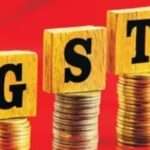
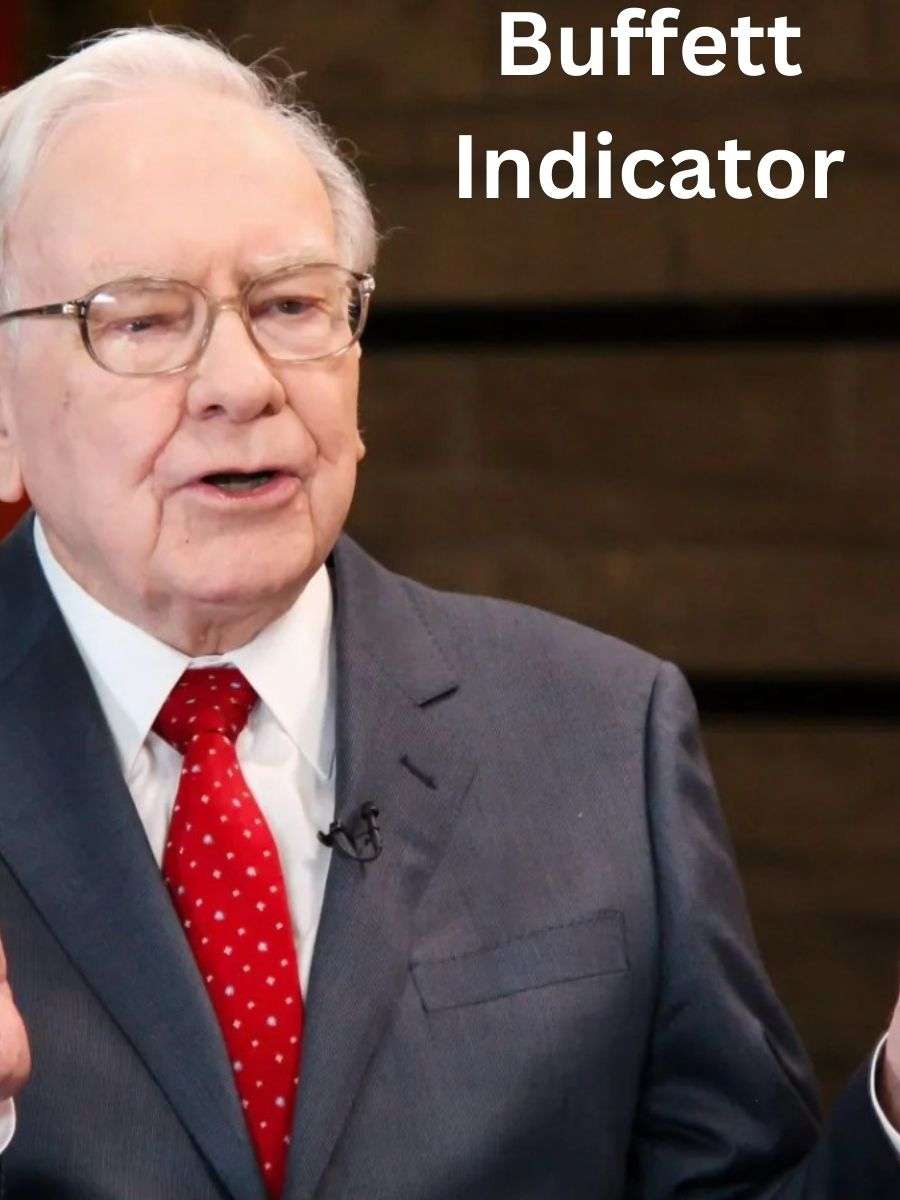
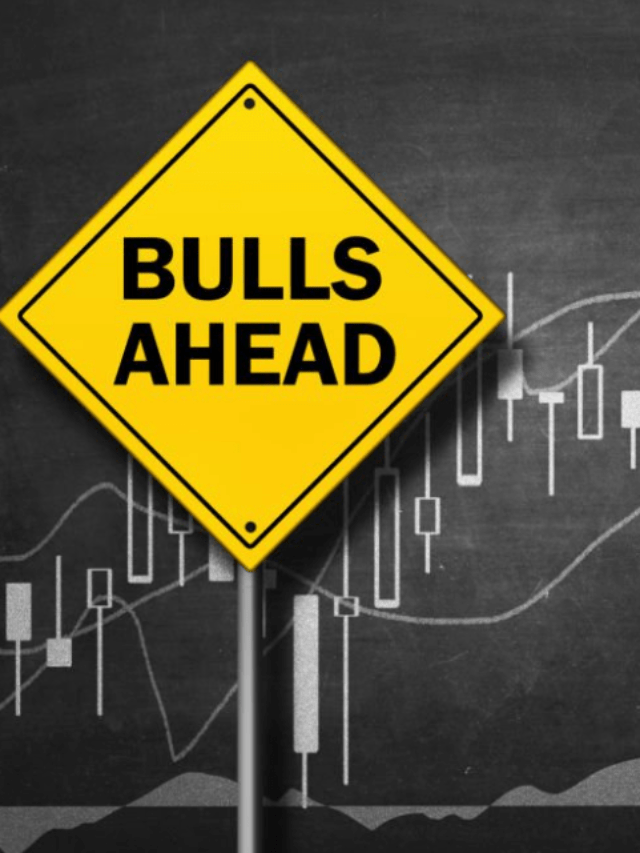





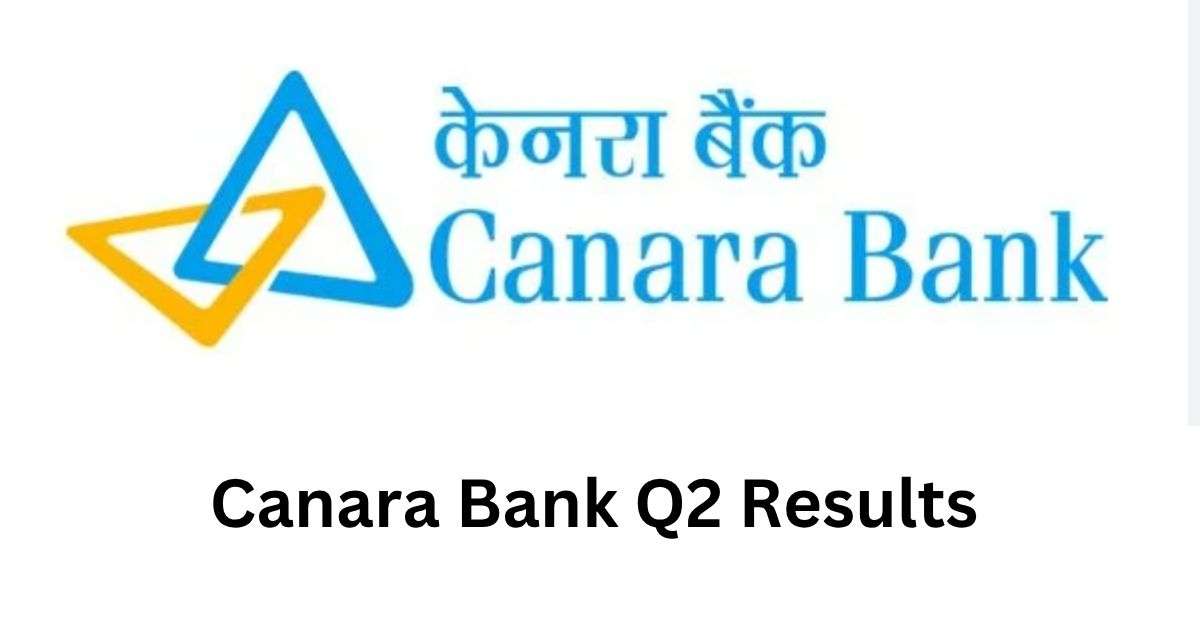

Usually I do not read article on blogs however I would like to say that this writeup very compelled me to take a look at and do it Your writing style has been amazed me Thank you very nice article
Business dicker I very delighted to find this internet site on bing, just what I was searching for as well saved to fav